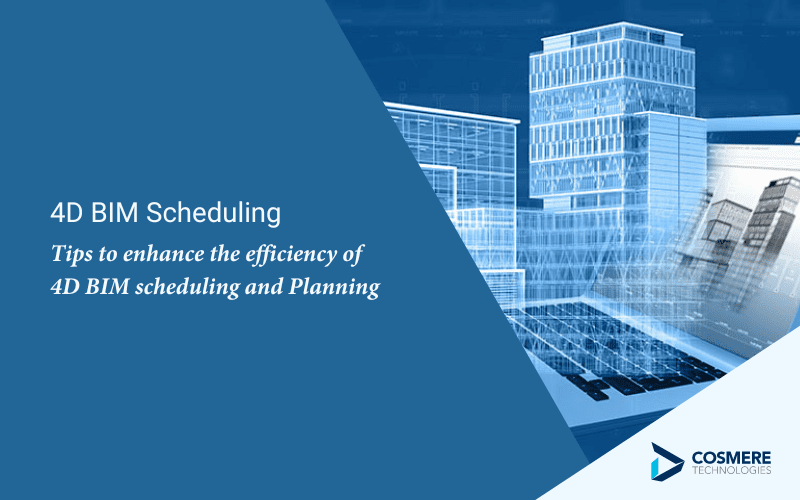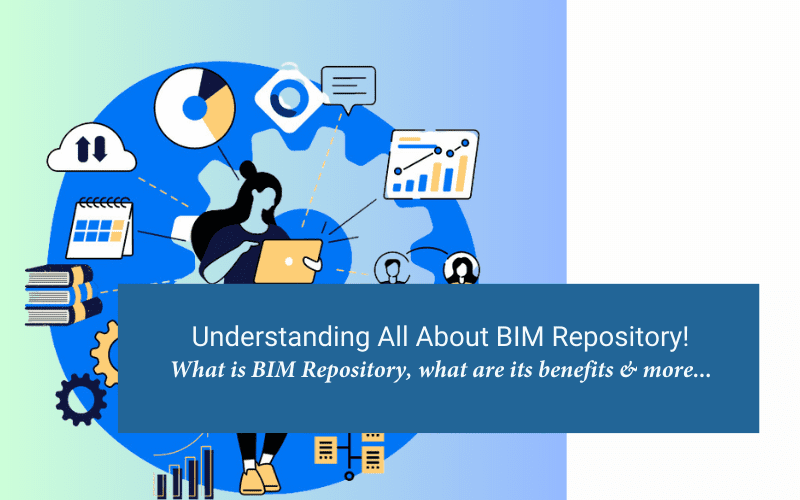Every now and then, new technologies appear to disrupt the construction and civil engineering industries. Although point cloud has been around for years, it’s just recently that it has become a prominent tool for most contractors and engineers looking for precise and efficient solutions while conducting land surveys. The best thing about point cloud modelling is that it accomplishes the same work with fewer resources which is what every contractor in constriction and civil engineering expert is always looking for.
But before we move on to explaining how pointcloud modelling helps the industry, let’s first understand what point cloud is.
What is a point cloud?
A point cloud is a collection of different data points that exist within three dimensions with each one having X, Y, and Z coordinates. Each of these points represents a portion of a surface within a certain area like an engineering work site.
For better understanding, you can also think of these points as similar to pixels within a picture. When put together, they tend to create an identifiable 3D structure. The denser your point cloud is, the more precise it is to get the details of any terrain properties.
With the help of the point cloud, you get a chance to access all the data from the world. However, you must know what to do with it after the point cloud is generated. The good thing is that you can create a point cloud easily using either of the two methods – Light Detection and Ranging (LiDAR).
You can also find out more about – what is point cloud here at our A to Z of Point Cloud for Beginners! What is a point cloud, and how to create it & beyond
How is a point cloud created?
The next question that must come to mind is – how can a point cloud be created? The answer, however, is very simple. Typically you can use a laser scanner to create a point cloud. Most site surveyors can create 3D models from point clouds by using LiDAR lasers. This is the process using which you can scan a chosen environment like a construction site and the scanner records data points from the surface within it. When you have the complete point cloud., you can easily import it into a point cloud modelling software. This is when you can do any modification to the data points to get accurate results.
In case you wish to see the point cloud in 3D format, all you have to do is export the data from the modelling platform to the CAD or BIM system.

How to use photogrammetry for point cloud surveying?
Photogrammetry is one of the most common methods of creating point clouds. This is the process where drones are used to take pictures of the construction site or any site per se. The challenge here is to find adequate camera settings that suit the environmental conditions to get the best results. If you are going with this method, you must take images from different angles to capture the full view of the landscape and once you have all the images, you can use a processing platform to overlap the photos and stitch them together so that you get the point cloud. Once you are done with it, you can create a 3D mesh and produce a 3D model within a CAD or BIM program.
After you are done with the stitching of the pictures, you can fill in the gaps between the data points & create a mesh using the process called surface reconstruction. This is the reason why it is important to capture multiple data points.
How to use LiDAR for point cloud surveying?
LiDAR is also a popular method of creating a point cloud. LiDAR uses infrared light laser pulses to measure distances. When these pulses reflect back to the sensor, it measures how long it took for light to return, measuring the distance. These laser scanners tend to emit 100,000 pulses per second which give an incredibly detailed view of the area that you are mapping.
After you have created the LiDAR point cloud, the next steps are quite similar to the ones in the photogrammetry method. After the generation of the point cloud, you can transform it into a mesh and develop it into a 3D model. You can also use mounted LiDAR hardware on the drone, allowing you to use 3D laser scanning to map the area you want to cover.
Which of the two – LiDAR and Photogrammetry is the best for creating a point cloud?
Both LiDAR and Photogrammetry produce the same results with a similar level of accuracy. So, when it comes to choosing between them both, it is important you consider factors like how long it takes to set up the equipment & which method is more convenient for you to work with.
What are the applications of the 3D point cloud?
Now that we have discovered what is a point cloud, how it is created, and how much time it takes to create one, let’s jump to the applications of the point cloud.
1. Construction progress tracking
2. BIM
3. Floor planning
4. Operational 3D model creation
5. As-built
6. Inspection & measurement
These are some frequently asked questions about point cloud that we have tried to answer here in this blog. Cosmere Technologies is one of the leading BIM companies that offer several different services like – scan to BIM services, CAD services, CAD conversion services, etc. So, if you are looking for pointcloud modelling services, all you have to do is contact us and we will help you.
















